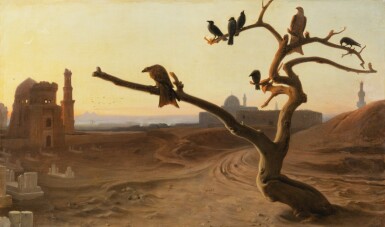Tableaux Dessins Sculptures 1300-1900, Session I
Tableaux Dessins Sculptures 1300-1900, Session I

Property from the Descendants of Jean-Jules-Antoine Lecomte du Nouÿ | Appartenant aux descendants de Jean-Jules-Antoine Lecomte du Nouÿ
Jean-Jules-Antoine Lecomte du Nouÿ
An orientalist landscape with raptors
Auction Closed
June 15, 02:40 PM GMT
Estimate
15,000 - 20,000 EUR
Lot Details
Description
Property from the Descendants of Jean-Jules-Antoine Lecomte du Nouÿ
Jean-Jules-Antoine Lecomte du Nouÿ
Paris 1842 - 1923
An orientalist landscape with raptors
Signed and dated lower left on the base of a pilaster 87 / LECOMTE. DU. NOUŸ
Oil on canvas, unframed
39,5 x 66,6 cm ; 15½ by 26¼ in.
__________________________________________________________________________
Appartenant aux descendants de Jean-Jules-Antoine Lecomte du Nouÿ
Jean-Jules-Antoine Lecomte du Nouÿ
Paris 1842 - 1923
Paysage orientalisant aux rapaces
Signé et daté en bas à gauche sur la base d'un tronc 87 / LECOMTE. DU. NOUŸ
Huile sur toile, sans cadre
39,5 x 66,6 cm ; 15½ by 26¼ in.
In the artist's family and by descent to the present owners.
__________________________________________________________________________
Resté dans la famille des descendants de l'artiste jusqu'aux propriétaires actuels.
After a long stay of almost a year in Italy, Lecomte du Nouÿ travelled to Morocco in 1876. Here he found the warmth, the scents and the imposing atmosphere that he had already tasted from his reading of Théophile Gautier's Romance of the Mummy. The artist had also been able to admire the Egyptian scenes in Gérôme's studio, with their distinctive colours, while he was apprenticed to the painter. Nonetheless, it was after this first trip that Lecomte du Nouÿ produced his most successful works, those that most faithfully captured the light of the East.
With shades of yellow, pink and brown, it is shadows that create the shapes in this painting, describing an arid, troubling and mysterious landscape, scattered with tombstones and inhabited only by vultures that seem to be awaiting their next prey. The landscape in the background has buildings with Eastern silhouettes: a minaret on the extreme right next to a dome, near some ruins that recall the artist's passion for archaeology. The work is suffused with an impression of solitude, majestically evoking the atmosphere and heat of the Orient.
Lecomte du Nouÿ was deeply attracted to the poetry of the landscapes in Egypt, Morocco and Algeria, and made several trips to these countries. It was there that he found the inspiration that earned him the admiration of his contemporaries, as voiced by the painter Théodore Ralli: 'Really, you are the only person for these subjects and these superb effects [...] You have an understanding of the Orient'.
__________________________________________________________________________
Après un long voyage – presqu’un an – en Italie, Lecomte du Nouÿ se rend au Maroc dès 1876. Il y retrouve ce chaud parfum et cette atmosphère majestueuse déjà goutés lors de sa lecture du Roman de la Momie de Théophile Gautier. L’artiste n’est pas étranger non plus à ces scènes égyptiennes aux couleurs si particulières, qu’il a pu admirer dans l’atelier de Gérôme, durant son apprentissage auprès du peintre. Néanmoins, c’est après ce premier voyage que Lecomte du Nouÿ réalise ses œuvres les plus abouties, les plus fidèles à cette lumière orientale.
Toutes en nuances de jaunes, roses et brun, ce sont bien les ombres qui forment les volumes de notre tableau et décrivent ce paysage aride, inquiétant et mystérieux, peuplé de pierres tombales, habité seulement de vautours qui semblent attendre leur prochaine proie… Dans le paysage en arrière-plan, se dressent des bâtiments aux formes orientales : un minaret à l’extrême droite côtoie un dôme, auprès d’un ensemble de ruines rappelant la passion de l’artiste pour l’archéologie. Une impression de solitude se dégage de cette œuvre, faisant ressortir majestueusement la chaude atmosphère de l’Orient.
Sensible à la poésie des paysages de l’Egypte, du Maroc ou encore de l’Algérie, Lecomte du Nouÿ y effectue plusieurs voyages. Là-bas, il trouve l’inspiration qui lui vaut l’admiration de ses contemporains : « Il n’y a que vous, vraiment, pour des sujets et des effets superbes […]. Vous avez le sens de l’Orient » écrit ainsi le peintre Théodore Ralli.
